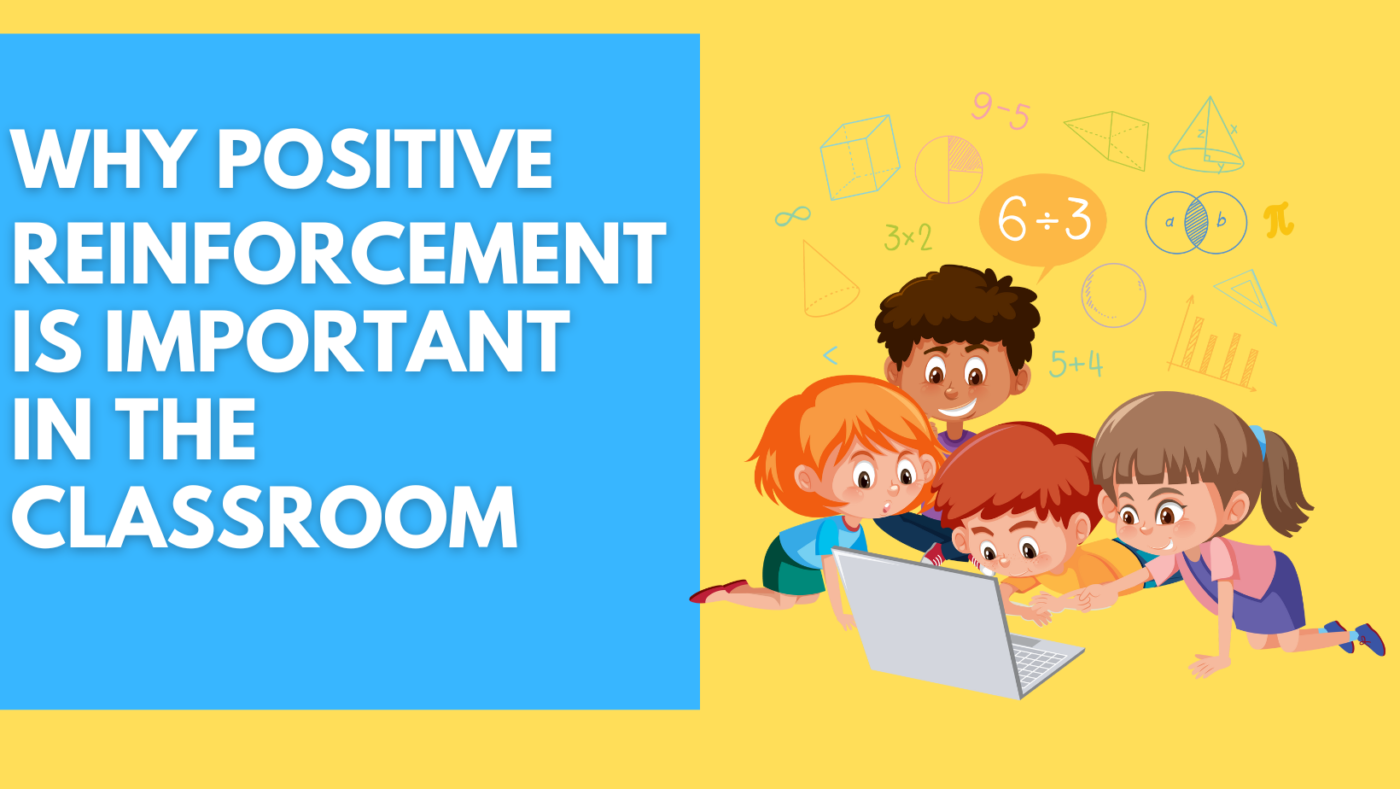Positive reinforcement is an important part of any successful learning environment. It helps to create a positive atmosphere in the classroom, encourages students to learn, and fosters self-confidence. Positive reinforcement also has many other benefits such as improved behavior, increased motivation, and better academic performance. In this article we will explore three reasons why positive reinforcement should be used in classrooms today. We will discuss how it can help to foster a sense of belonging among students, encourage curiosity and exploration, and improve problem-solving skills in the classroom. By understanding these benefits of positive reinforcement we can ensure that our classrooms are more effective learning environments for all students.
- Positive reinforcement increases classroom motivation
Positive reinforcement is a powerful tool for fostering an environment of success in the classroom. It encourages students to take risks and explore their potential, improves communication between teachers and students, and helps to create an atmosphere of mutual respect. Not only does positive reinforcement help to increase motivation among students, but it also has been shown to improve academic performance. Studies have found that when student behavior is positively reinforced, they tend to demonstrate better problem-solving skills and exhibit higher levels of critical thinking.
- Positive reinforcement creates a sense of belonging in the classroom
In addition, positive reinforcement can help build a sense of belonging in the classroom. When students are supported by their peers and teachers, they feel more connected and engaged in their studies. This connection has been linked with improved self-esteem, higher levels of self-regulation, and greater academic achievement.
- Positive reinforcement encourages students to be more involved in the classroom
Finally, positive reinforcement can be used as a tool for encouraging student curiosity and exploration. Teachers can provide incentives such as extra credit or verbal praise for creative ideas or unique approaches to solving problems. This type of encouragement not only promotes exploration but also shows students that they are valued members of their learning community.
In conclusion, positive reinforcement is an invaluable tool for creating successful learning environments in the classroom. By implementing this type of positive feedback system we can ensure that our classrooms are optimized for student growth and development.

